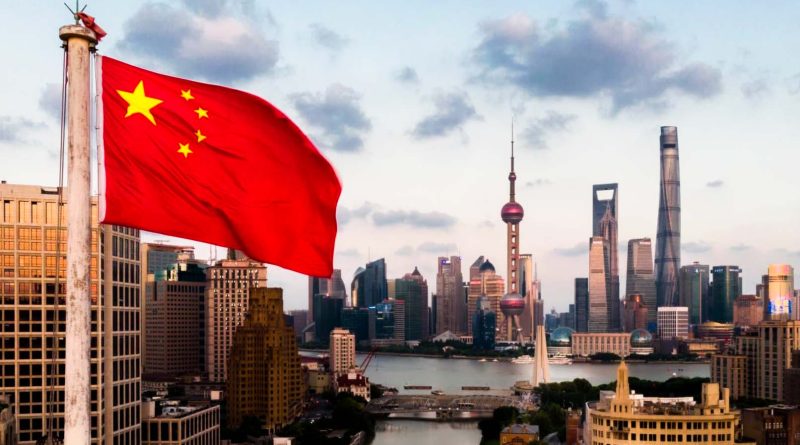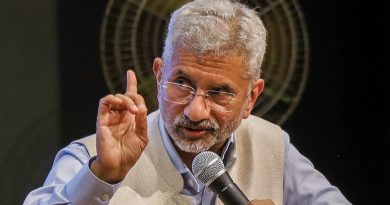China has launched its new K visa programme this week, targeting young foreign professionals in science, technology, engineering, and mathematics (STEM). The move comes as the United States hikes fees for its H-1B work visas, creating opportunities for Beijing to attract global tech talent and strengthen its competitiveness in cutting-edge industries.
Unlike the US H-1B visa, which requires employer sponsorship and is limited to 85,000 slots per year, the K visa allows entry, residence, and employment without a prearranged job offer. This flexibility appeals to foreign professionals seeking streamlined access to work opportunities in China. “The symbolism is powerful: while the US raises barriers, China is lowering them,” said Iowa-based immigration attorney Matt Mauntel-Medici.
The timing is strategic. Earlier this month, the US administration proposed an annual H-1B fee of $100,000 for companies hiring skilled foreign workers, further discouraging potential applicants. “The US has definitely shot itself in the foot on H-1Bs, and the timing is exquisite for China’s K visa,” said Michael Feller, chief strategist at Geopolitical Strategy. India, which accounted for 71 percent of approved H-1B visas last year, could see a significant outflow of STEM talent toward China, according to immigration analysts.
The K visa is part of a broader effort by Beijing to promote foreign investment and global talent mobility. China has already expanded visa-free access to citizens from several countries, including Japan, South Korea, and most of Europe, and opened more economic sectors to foreign investment. The government hopes to create a more welcoming environment for overseas professionals, particularly in high-tech and innovative industries.
Despite its promise, the K visa comes with challenges. Official guidelines mention vague eligibility criteria regarding age, education, and work experience. Details about financial incentives, permanent residency, family sponsorship, or employment facilitation are not yet clear. Language remains a significant barrier, as most Chinese tech firms operate primarily in Mandarin. Political tensions between India and China could also affect the number of Indian applicants China is willing to accept.
Still, the initiative could serve as a geopolitical tool as well as a talent strategy. China’s previous recruitment efforts focused heavily on attracting China-born scientists abroad, offering incentives such as signing bonuses of up to 5 million yuan ($702,200) and home-purchase subsidies. The K visa could expand this approach to non-Chinese STEM professionals, giving China an edge in global technology development.
“Even if China attracts a small share of international tech talent, it could strengthen its position in advanced sectors,” said Feller. Indian STEM student Bikash Kali Das, currently studying at Sichuan University, described the K visa as “an appealing alternative for professionals seeking flexible, streamlined visa options without employer dependency.”
Observers note that while China’s overall foreign population remains small—less than 1 percent of its total population compared to 15 percent in the US—the K visa could still influence global talent flows. As competition intensifies for skilled professionals, the programme positions China as a viable destination for innovation-driven migrants seeking career opportunities beyond the US.






